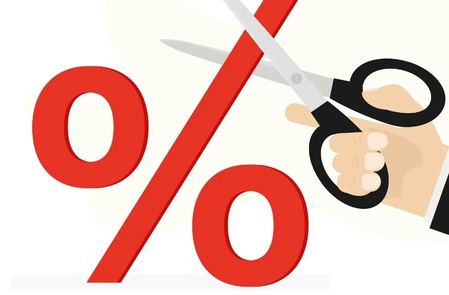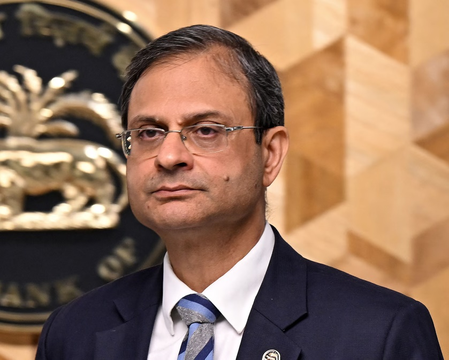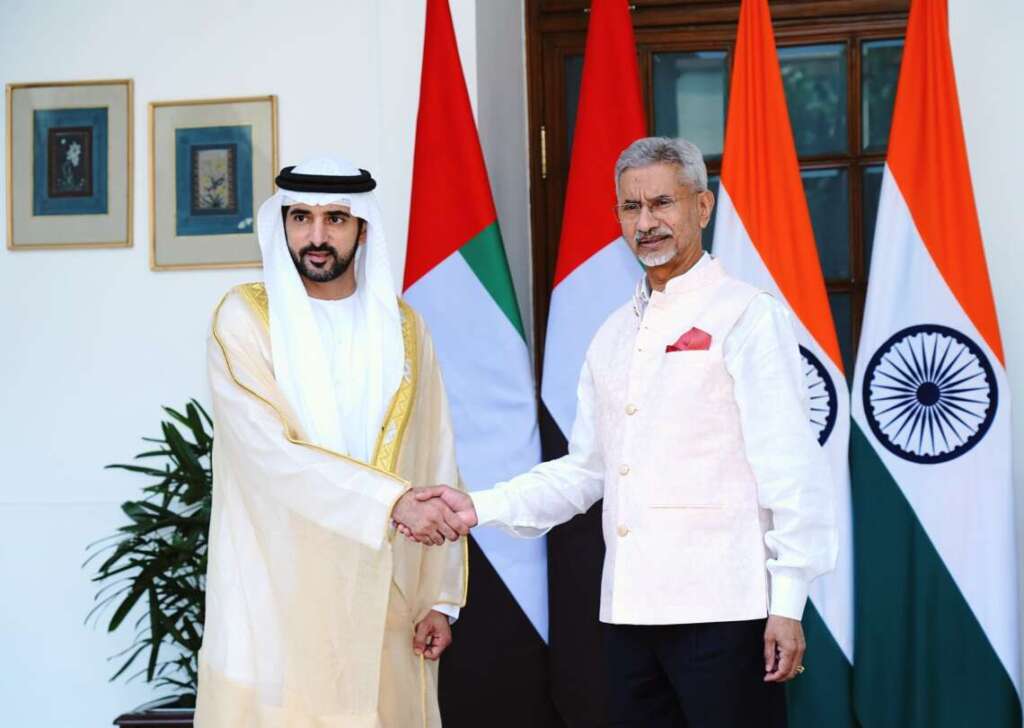According to RBI, the decision was influenced by a mix of slowing global growth, persistent trade tensions, and a relatively benign domestic inflation outlook
In another closely watched decision, the RBI’s Monetary Policy Committee (MPC) voted unanimously to reduce the benchmark repo rate by 25 basis points to 6.0 per cent, while also shifting its monetary policy stance from ‘neutral’ to ‘accommodative’.
This change signals the central bank’s readiness to ease policy further if economic conditions warrant it.
According to RBI, the decision was influenced by a mix of slowing global growth, persistent trade tensions, and a relatively benign domestic inflation outlook. Inflation is currently well within the RBI’s target band, offering room to support growth without stoking price pressures.
“Uncertainty dampens growth by affecting investment and spending decisions of businesses and households,” Malhotra said, highlighting the impact of global trade frictions following the US tariff hikes.
Leading banks hailed the RBI’s moves. Binod Kumar, Managing Director and CEO of Indian Bank, said the rate cut and change in stance would “spur demand for home, auto, and personal loans,” especially in tier-2 and tier-3 cities where interest rate sensitivity is higher.

C.S. Setty, Chairman of State Bank of India, termed the decision “forward-looking,” adding that it would help cushion the secondary impact of tariffs on India’s economy. Retail loan growth had already been strong, expanding over 18% year-on-year, and experts believe lower interest rates will further accelerate credit demand, supporting broader economic momentum.
The policy changes are particularly significant for the micro, small, and medium enterprises (MSME) sector, which contributes nearly 30% to India’s GDP and over 40% of its exports.
“With credit costs set to ease, MSMEs will experience improved cash flows critical for their recovery and growth in the evolving market dynamics,” Indian Bank’s Kumar noted, adding that the expanded co-lending framework would further empower lending to this vital sector.
The Confederation of Indian Industry (CII) also welcomed the RBI’s decisions, calling them “timely and prudent.” Chandrajit Banerjee, Director General of CII, said the accommodative policy stance, coupled with government’s growth-centric fiscal policy, would help sustain domestic growth amid global economic headwinds.
Sakshi Gupta, Principal Economist at HDFC Bank, forecasted two more rate cuts in 2025, with the next likely in June.
“Liquidity conditions are improving, expected to average above neutral in the current quarter. Transmission of rate cuts to market rates and deposit rates is likely to strengthen,” Gupta said.
Similarly, Katrina Ell, Economic Research Director at Moody’s Analytics, described the RBI’s action as “predictable and stabilising” in an increasingly volatile global environment. “In such a volatile global scenario, the RBI’s predictable response helped avoid further market instability,” Ell pointed out, noting that uncertainty has a deeply negative impact on economies. Moody’s now expects a cumulative 75 basis point reduction in interest rates through 2025.

RBI Cuts India’s GDP Growth Forecast
Despite its optimism on domestic consumption and investment, the RBI slightly lowered its GDP growth forecast for 2025-26 to 6.5%, down from 6.7% earlier, citing rising global risks.
“The dent in global growth due to trade frictions will impede domestic growth,” Malhotra explained, pointing to three main challenges: lower investments due to uncertainty, reduced net exports from higher tariffs, and unpredictable global policy responses.
Growth forecasts for the quarters of 2025-26 are now projected at 6.5% for Q1, 6.7% for Q2, 6.6% for Q3, and 6.3% for Q4.
Still, there are bright spots. Prospects for the agriculture sector remain strong, aided by healthy reservoir levels and robust crop production. Manufacturing activity shows signs of revival, and urban consumption is picking up, helped by an uptick in discretionary spending.

Moreover, investment activity has gained traction, supported by higher capacity utilisation, sustained infrastructure spending by the government, and healthy corporate and banking sector balance sheets. While merchandise exports may be weighed down by global headwinds, services exports are expected to stay resilient, Malhotra added. In sum, the RBI’s April policy announcements reflect a careful balancing act — aggressively supporting growth at home while remaining cautious about global risks.
The liberalisation of co-lending norms is poised to unleash new avenues for credit delivery, while the rate cut and accommodative stance are designed to fuel consumption and investment when external demand weakens.
As CII noted, the benefits of lower rates will be passed to consumers swiftly, crucial for boosting consumption in the months ahead. Meanwhile, the broader reforms to non-fund-based lending promise to modernise India’s credit ecosystem, improving access to trade and infrastructure financing. RBI’s calibrated moves offer a degree of predictability and stimulus that could prove vital in sustaining India’s growth momentum through 2025 and beyond.








